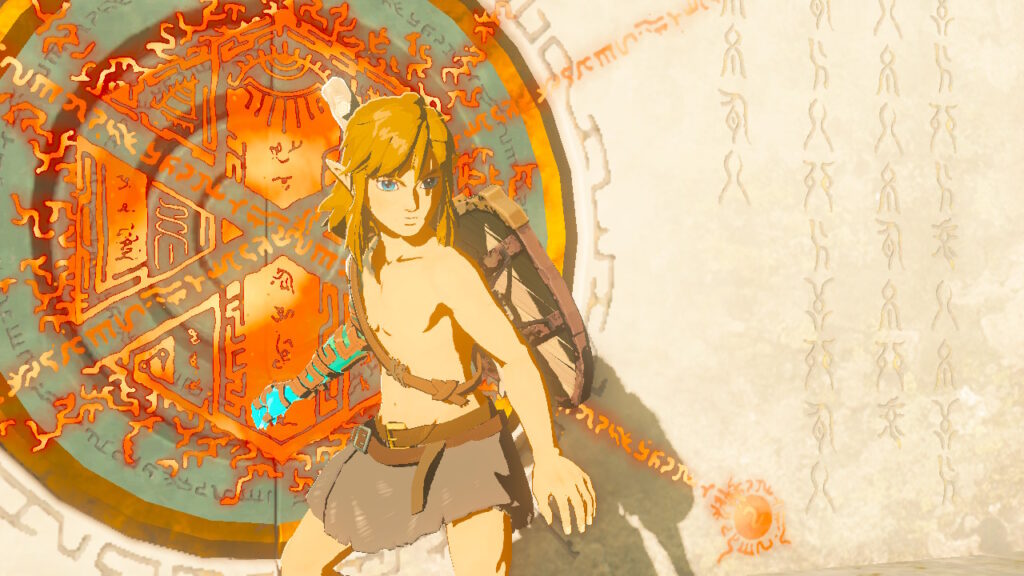
Image Source: Nintendo
The Legend of Zelda: Tears of the Kingdom Succeeds in Portraying a Post-Apocalyptic World Worth Saving
It’s no secret that the developers at FromSoftware are most comfortable creating sparse, quiet, post-apocalyptic worlds for their games. In an interview with IGN, Hidetaka Miyazaki directly addressed this tendency, stating, “a lively, bright setting is a little bit beyond FromSoftware’s capability or experiences as a developer.” While there’s nothing inherently wrong with this design philosophy, as FromSoft’s narrative aspirations continue to grow, this approach is starting to feel strained.
This is most apparent in Elden Ring, the largest world FromSoft has created to date. With narrative help from Game of Thrones author George R.R. Martin, this game’s story is also the most detailed and expansive that FromSoft has created so far (though it does borrow many themes from its predecessors). But this hollow, cursed world can’t support the weight of its narrative, crumbling under grand ideas like the ruins of Farum Azula.
This is most blatantly demonstrated if you decide to make a pact with the Three Fingers. Should you pursue the Frenzied Flame ending, your substitute Finger Maiden, Melina, will beg you to back off:
“If you intend to claim the Frenzied Flame, I ask that you cease. It is not to be meddled with. It is chaos, devouring life and thought unending. However ruined this world has become, however mired in torment and despair, life endures. Births continue. There is beauty in that, is there not? If you would become Lord, do not deny this notion. Please, leave the Frenzied Flame alone.”
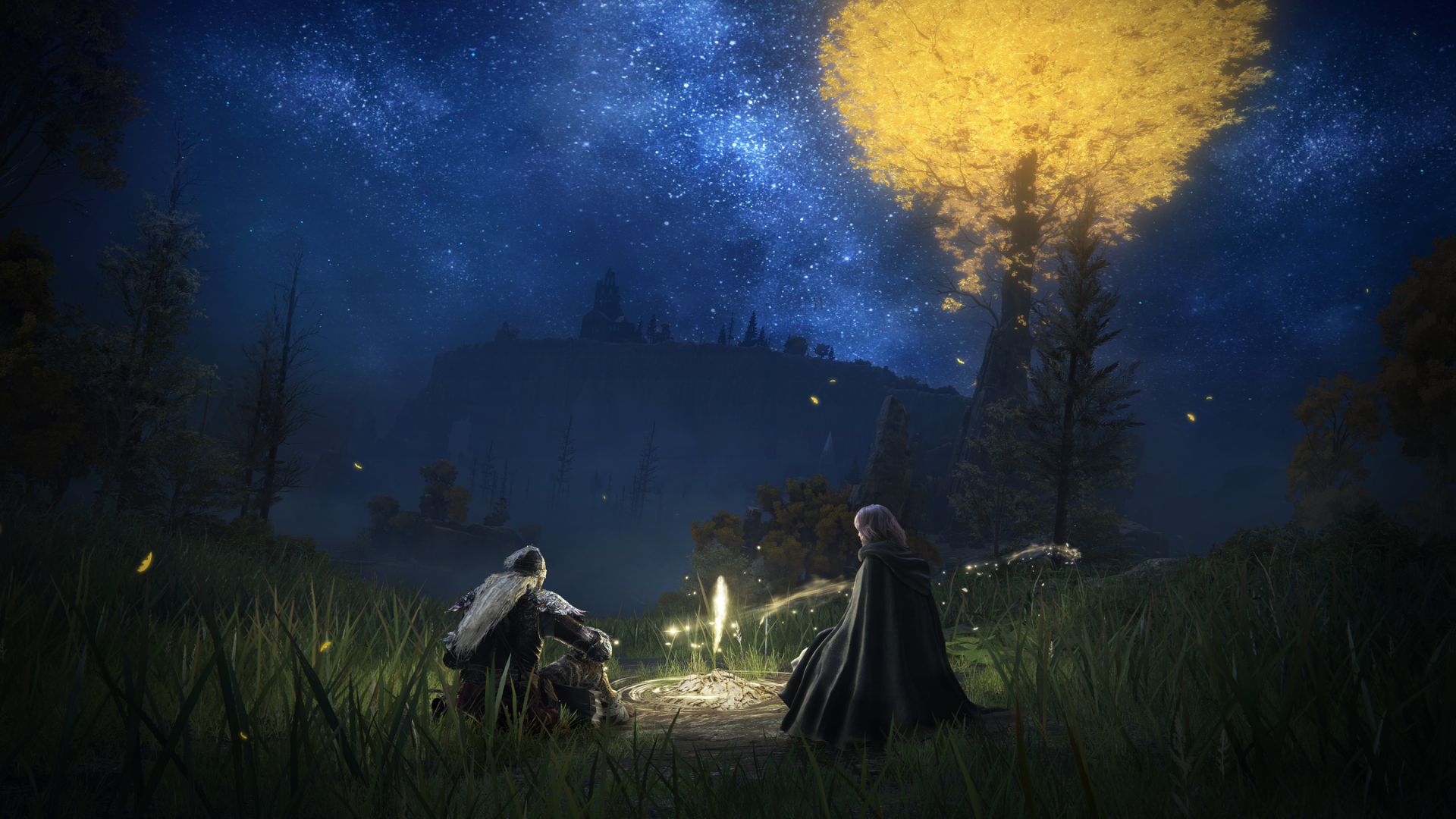
This is honestly a lovely notion, and one I’d normally agree with, but the condition of The Lands Between we’re presented with in Elden Ring doesn’t provide much substance to back it up with. Life does, in fact, endure, but only because the now-imprisoned god-queen Marika removed the concept of death from the very order of the world itself. And if there are any new births to speak of in this world, we certainly don’t see them in our travels. Even the cursed Omen children that managed to survive their maiming at birth are all grown adults by the time we encounter them in our quest to become Elden Lord.
Indeed, the Lands Between that we explore is one that is stuck in stasis, trapped between life and undeath – and you can feel it. Even major cities and settlements are coated in ash or severely damaged; the only people walking their streets are soldiers still patrolling despite the destruction around them. Out in the world, we encounter the skeletal forms of Those Who Live in Death, and the wizened bodies of those who are alive simply because they cannot die within Marika’s broken Golden Order.
I don’t want to wade into Soulsborne difficulty conversations, but I think it’s more than fair to say that an open-world RPG with a heavy focus on combat is more than capable of providing players with a unique and customizable playthrough experience, while also attuning enemies and combat encounters to the game’s larger narrative design. We see that on display clearly with 2023’s The Legend of Zelda: Tears of the Kingdom.
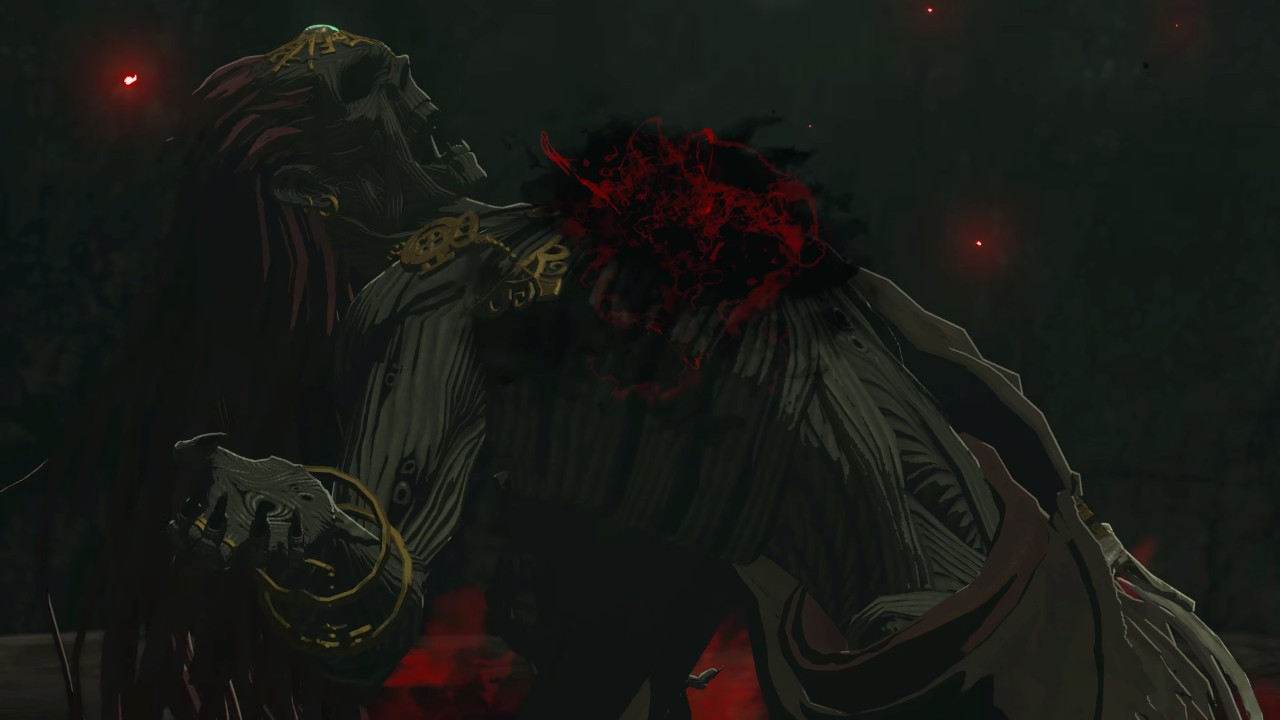
Like Elden Ring, TOTK is set in a large, post-apocalyptic, open world. Where last year’s FromSoft RPG has The Shattering, Nintendo’s latest has The Upheaval – the result of Link and Zelda uncovering the Demon King’s mummified corpse beneath Hyrule Castle and accidentally unleashing his dark power on the world again.
Thanks to The Upheaval, multiple regions are facing environmental disasters of previously unheard of proportions. This has completely changed the landscape players may have become familiar with back in Breath of the Wild, adding deep underground chasms and floating sky-islands to the map. The communities in and around these areas are deeply impacted, with some falling ill, or becoming trapped and unable to get vital supplies. The stakes in these instances feel much higher than those of the side and main quests in Elden Ring in many instances because the world of Hyrule, damaged as it may currently be, is still teeming with life.
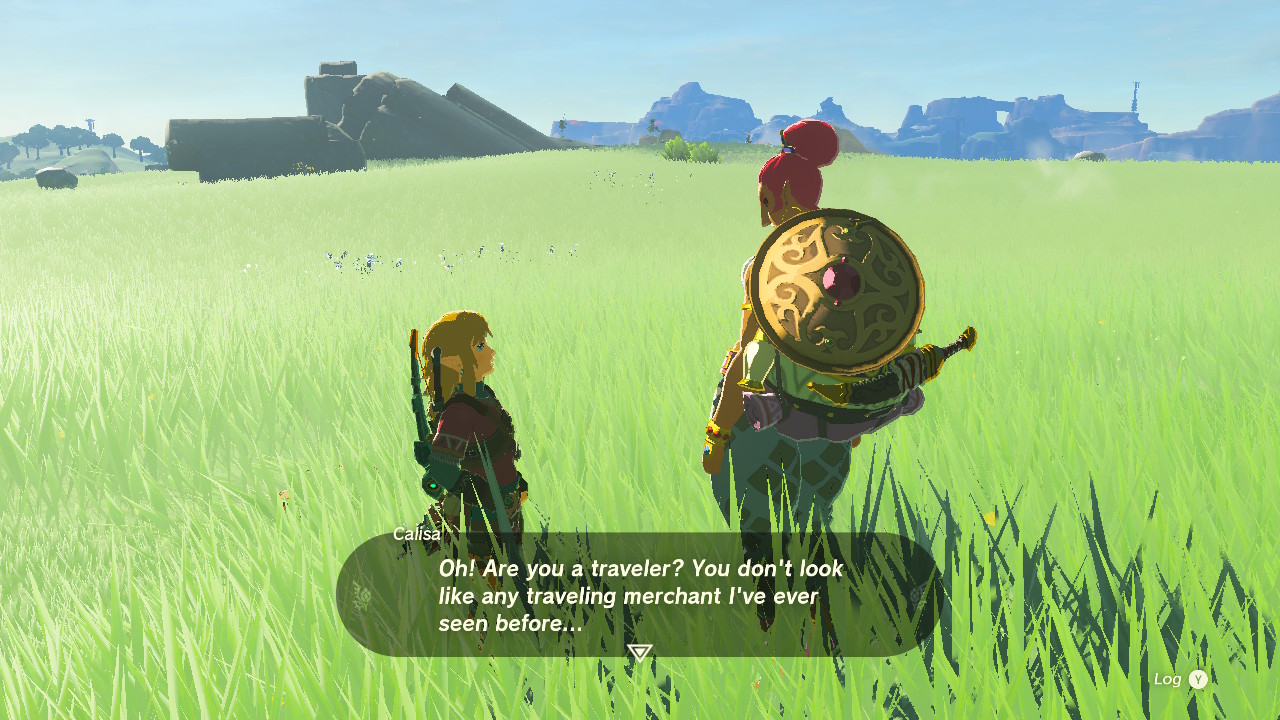
When you arrive at Rito Village, for example, Link finds that the region is being locked down by a huge blizzard. The bridge leading to the village is broken and the weather has kept anyone from fixing it, leaving the villagers in dire straits for food and other supplies. Despite the standard goofing around expected within any Breath of the Wild successor with a wacky new building mechanic, the stakes in this instance – and the others you encounter while investigating abnormal environmental phenomena – feel high here. If Link and the young Rito Tulin can’t bring an end to the devastating blizzard, the rest of the trapped villagers will die.
Meanwhile, when you arrive at the Village of Albinaurics in Elden Ring, it is already entirely too late to save anyone. All the residents but one are dead by the hands of hired butchers. We as players gain an important quest item here, but it certainly feels like we walk away with the world in an even worse state than before. The first generation albinaurics who lived here – already shunned and persecuted by members of the Golden Order – wiped from existence, and Nepheli Loux’s (and likely ours as well) trust in Ofnir completely shattered after seeing his true colors.
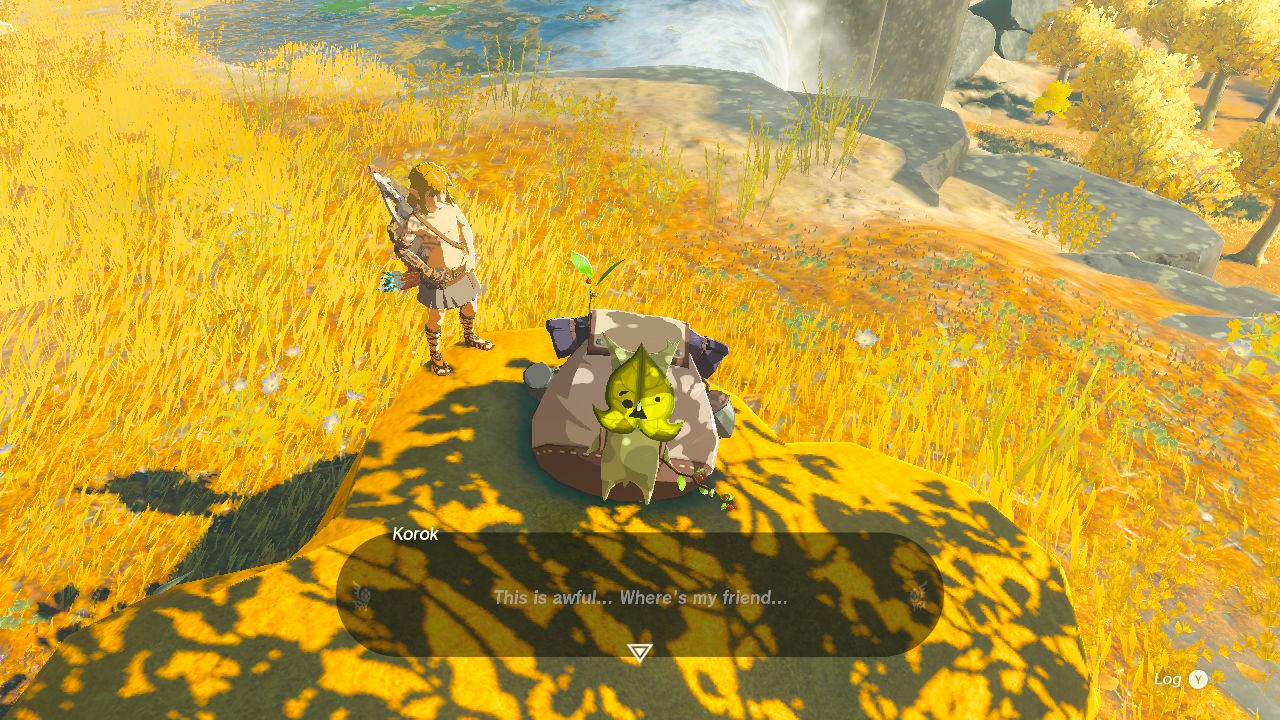
There’s nothing wrong with Elden Ring including this kind of story, but when this is one of the only kinds to be found while exploring The Lands Between, they quickly start to lose meaning. By the time you reach the depths beneath Leyendell to meet with The Three Fingers, is it really that stark of a position to want to embrace chaos and just burn away this world’s stagnating misery?
We’re presented with this option in-game because it’s a valid one in answer to the question of how to fix what Marika and the demigods have broken: Return what was borrowed from the primordial times to wipe the slate clean. In a setting like Tears of the Kingdom’s Hyrule, choosing this ending would truly be an act of cruelty, wiping out multiple communities that are still working towards a life together in the face of disaster and the cycle of darkness they’re trapped in. Communities that are raising children with bright new ideas and finding ways to adapt and live based on their changing realities. Elden Ring succeeds in depicting a world that has been devastated by the beings in power, but leaves its setting so hostile and barren that choosing to destroy it all feels like putting bodies on a funeral pyre.
If you like what we do here at Uppercut, consider supporting us on Patreon. Supporters at the $5+ tiers get access to written content early.






19 thoughts on “The Legend of Zelda: Tears of the Kingdom Succeeds in Portraying a Post-Apocalyptic World Worth Saving”